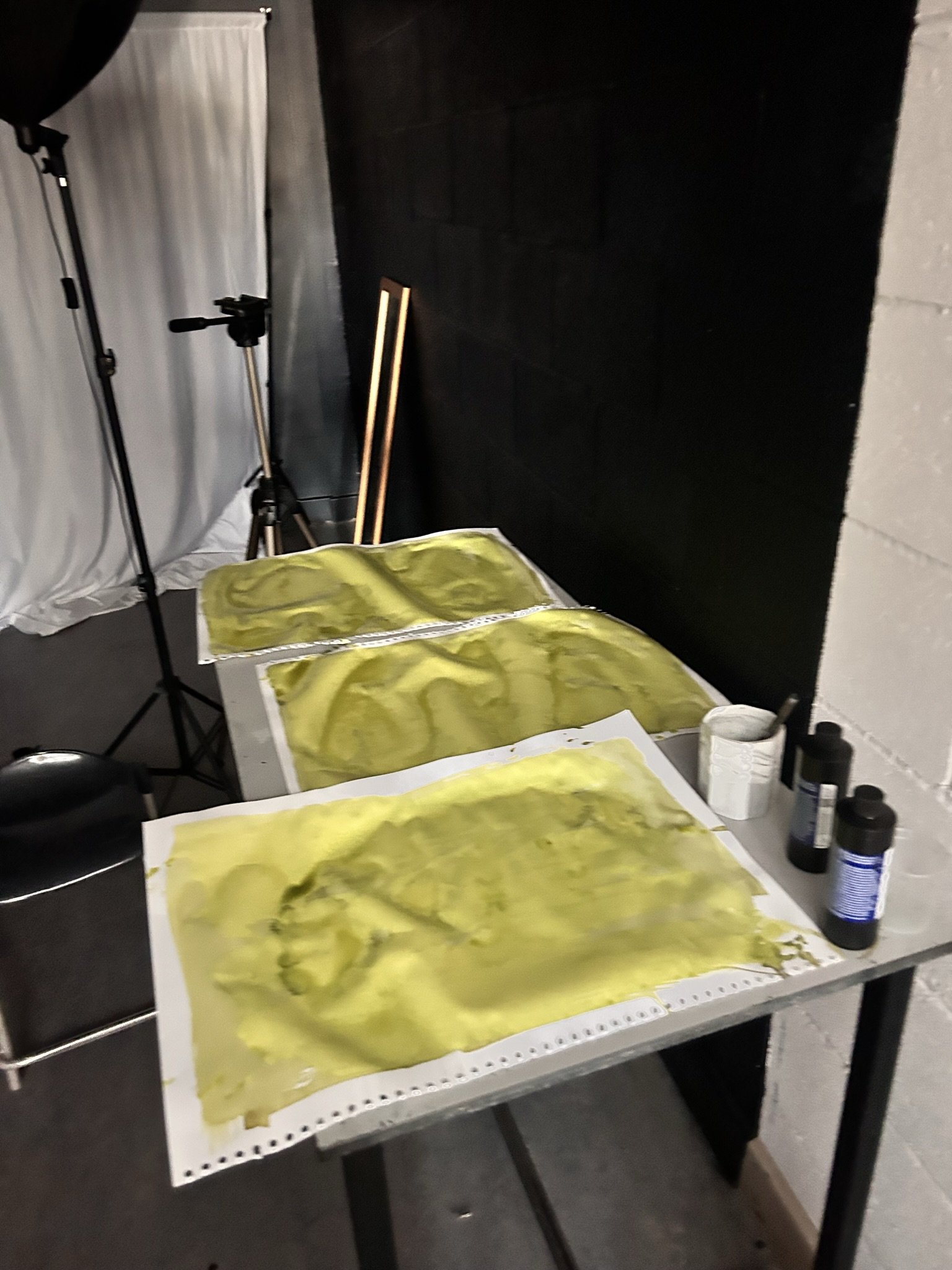An Introduction to Cyanotype: The Art of Blueprint Photography
I still remember the first time I made a cyanotype print. Watching the deep blue tones emerge as I rinsed the paper in water felt like pure magic. Unlike digital photography, where you see your image instantly, cyanotype has this beautiful element of surprise—an alchemy of sunlight, chemistry, and creativity. If you've never tried it before, you’re in for a treat.
What is Cyanotype?
Cyanotype is one of the earliest photographic printing processes, dating back to the 1840s. Instead of capturing images with a camera, you create prints by coating paper (or fabric) with a special light-sensitive solution and exposing it to UV light. The result? A stunning blueprint-like image in deep Prussian blue.
This process was originally used for scientific documentation—most famously by botanist Anna Atkins, who created stunning cyanotype prints of plants and algae. Later, engineers adopted the process for making blueprints, but today, it’s cherished as a creative and alternative photography method.
Why I Love Cyanotype
There’s something deeply satisfying about working with your hands and the elements—mixing the chemicals, brushing them onto paper, arranging objects or negatives, and letting the sun do the rest. Unlike digital photography, where perfection is often the goal, cyanotype embraces imperfections. Every print is unique, influenced by the strength of the sun, the texture of the paper, and even the temperature of the water you rinse it with.
For me, cyanotype is a meditative process. It slows me down and reminds me why I fell in love with photography in the first place—the joy of experimentation and discovery.
How to Make Your Own Cyanotype Prints
If you’re curious to try it, the process is surprisingly simple:
What You Need:
Cyanotype solution (a mix of ferric ammonium citrate and potassium ferricyanide)
Watercolor paper or fabric
A brush for coating
Objects or negatives to create your design
A sheet of glass to press objects flat (optional)
Sunlight or a UV light source
Water for rinsing
The Process:
Mix & Coat – In a dimly lit room, mix the two cyanotype solutions and brush them onto your paper or fabric. Let it dry in the dark.
Expose – Arrange objects, plants, or negatives on the coated paper and place it in sunlight (or under a UV lamp). Exposure time varies but usually takes 10-20 minutes.
Rinse & Reveal – Once the image has darkened, rinse the paper under water and watch the magic happen! The deep blues will develop as the print dries.
Why You Should Try It
Cyanotype is one of the most accessible and rewarding alternative photography processes. You don’t need a darkroom, expensive equipment, or even a camera—just a little bit of chemistry, creativity, and sunlight.
If you’ve ever wanted to create photography that feels truly hands-on, where each print is a one-of-a-kind piece of art, cyanotype is the perfect place to start. Give it a try—you might just fall in love with the process, like I did.




